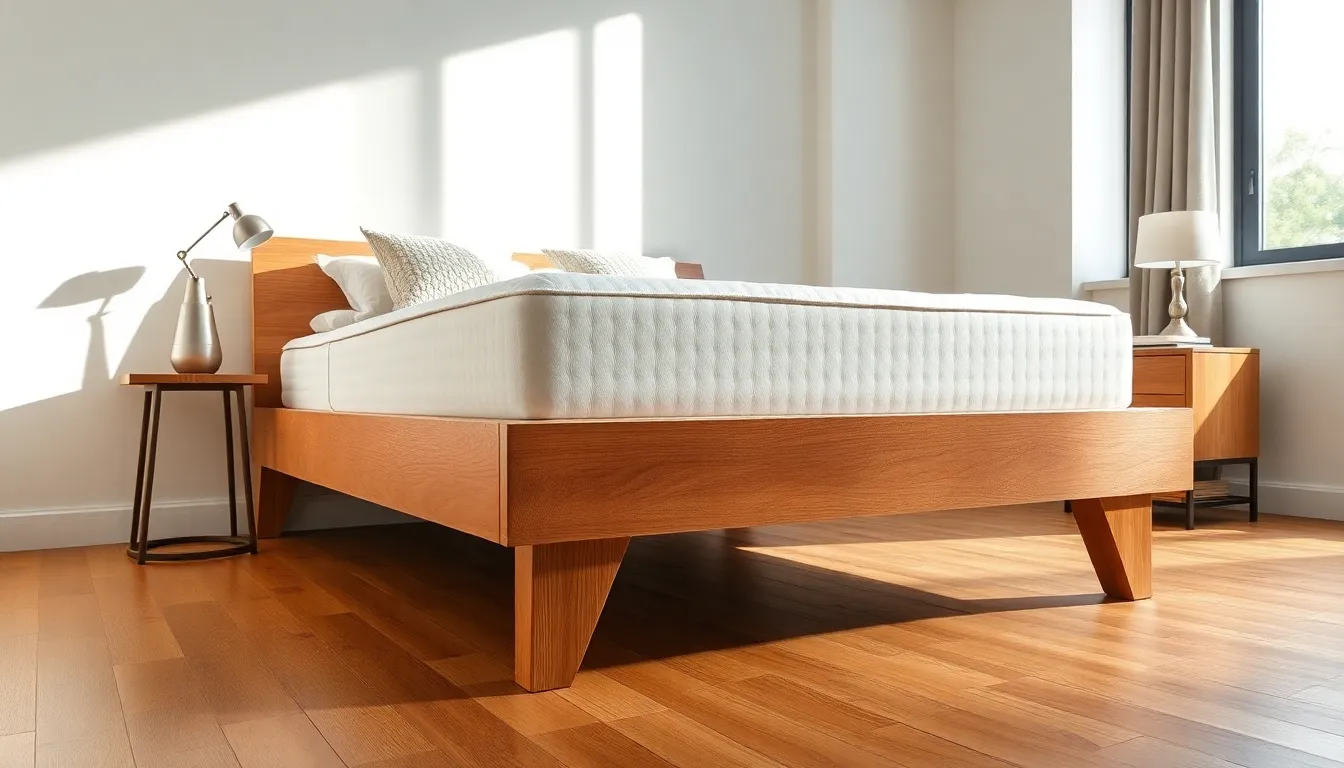Table of Contents
ToggleBed stability in design and manufacturing might seem like a niche topic, but it holds significant sway over the overall quality and performance of products in various industries. Whether in furniture design, industrial applications, or even medical devices, mastering bed stability is crucial. This article delves into the essentials of bed stability, its importance, and how it can be effectively achieved. Understanding the nuances behind bed stability can provide designers and engineers with a roadmap to create stable, durable, and reliable products that meet user expectations.
Understanding Bed Stability

Bed stability refers to the capability of a surface or platform to maintain a consistent, level position under various conditions. In contexts such as furniture design, bed stability involves the frame’s ability to support the weight of users without wobbling or failing. This concept extends beyond simply being level: it encompasses how materials and designs interact to provide a firm foundation. Understanding the dynamics of bed stability involves considering various factors, including weight distribution, material strength, and the design framework. Thoroughly analyzing these elements ensures better product performance and user satisfaction.
Importance of Bed Stability in Design
The significance of bed stability cannot be overstated. In product design, the stability of a bed affects its user experience directly. For instance, in the realm of sleep, a stable mattress base contributes significantly to comfort and support. Besides, in industrial applications, bed stability becomes a matter of safety and efficiency. For instance, machinery that operates on unstable beds may produce inaccurate results or even incur damage over time. Hence, ensuring bed stability contributes to longevity, usability, and safety, making it an essential focal point for designers and manufacturers.
Techniques for Achieving Bed Stability
Achieving bed stability involves a combination of material selection, design techniques, and construction practices:
- Material Choice: Selecting the right materials is crucial. Materials with high tensile strength, such as steel or reinforced wood, often perform well under stress and prevent deformation.
- Design for Load Distribution: Designing frames or structures to evenly distribute weight can enhance stability. For instance, a wider base can lower the center of gravity, improving stability in furniture designs.
- Constructive Techniques: Techniques such as corner bracing, cross supports, and proper joinery can add to stability. Using mortise and tenon joints rather than screws can create a solid and stable connection.
- Testing and Adjustment: Regular testing under real-world conditions can help identify potential weaknesses in bed stability. This feedback loop allows designers to make necessary adjustments before final production, ensuring a stable end product.
Common Challenges and Solutions
Even though the straightforward concept of bed stability, various challenges may arise:
- Weight Variability: Different users exert varying levels of weight. To counter this, designs can incorporate adjustable support systems that cater to a broader range of users.
- Material Fatigue: Over time, materials may succumb to fatigue and reduce bed stability. Regular maintenance checks and selecting durable materials can mitigate this issue.
- Environmental Factors: Humidity and temperature can affect materials used in bed structures. Designers should consider using weather-resistant materials or coatings in environments prone to such fluctuations.
Solutions to these challenges lie in proactive design, regular testing, and user education. Educating users on maintenance practices can extend the life of the product and enhance stability.
Case Studies: Successful Implementations
Several industries have successfully tackled bed stability challenges:
- Furniture Design: A popular furniture manufacturer recently redesigned its bed frames to include wider bases and cross bracing. As a result, customer satisfaction increased significantly due to the enhanced comfort and stability.
- Medical Equipment: In medical applications, manufacturers of hospital beds have focused on stability by integrating locking mechanisms that ensure beds remain stationary during patient transfers. This not only enhances patient safety but also adds to the trust in the product.
- Machinery Manufacturing: An industrial machine manufacturer adopted a modular design that allowed for easy adjustments in weight distribution. This approach resulted in a marked decrease in maintenance requests, showcasing the importance of flexible design.
Tools and Resources for Mastering Bed Stability
Several tools and resources can assist in mastering bed stability:
- CAD Software: Programs like AutoCAD or SolidWorks allow designers to create precise models to test stability before physical production.
- Material Testing Services: Many laboratories provide services to test materials under various conditions, helping designers choose more stable options.
- Online Courses and Workshops: Platforms like Coursera and LinkedIn Learning offer courses dedicated to engineering principles, emphasizing material selection and mechanical stability.
- User Feedback: Gathering user reviews and feedback can provide insights into real-world stability performance, guiding future designs.
Conclusion
Mastering bed stability is critical for various sectors, from furniture design to industrial machinery. By understanding the principles behind bed stability, recognizing its importance, employing effective techniques, and learning from existing challenges and solutions, designers can enhance product quality and user satisfaction. Utilizing the right tools and resources further empowers these professionals to build lasting, reliable, and stable structures that stand the test of time.




